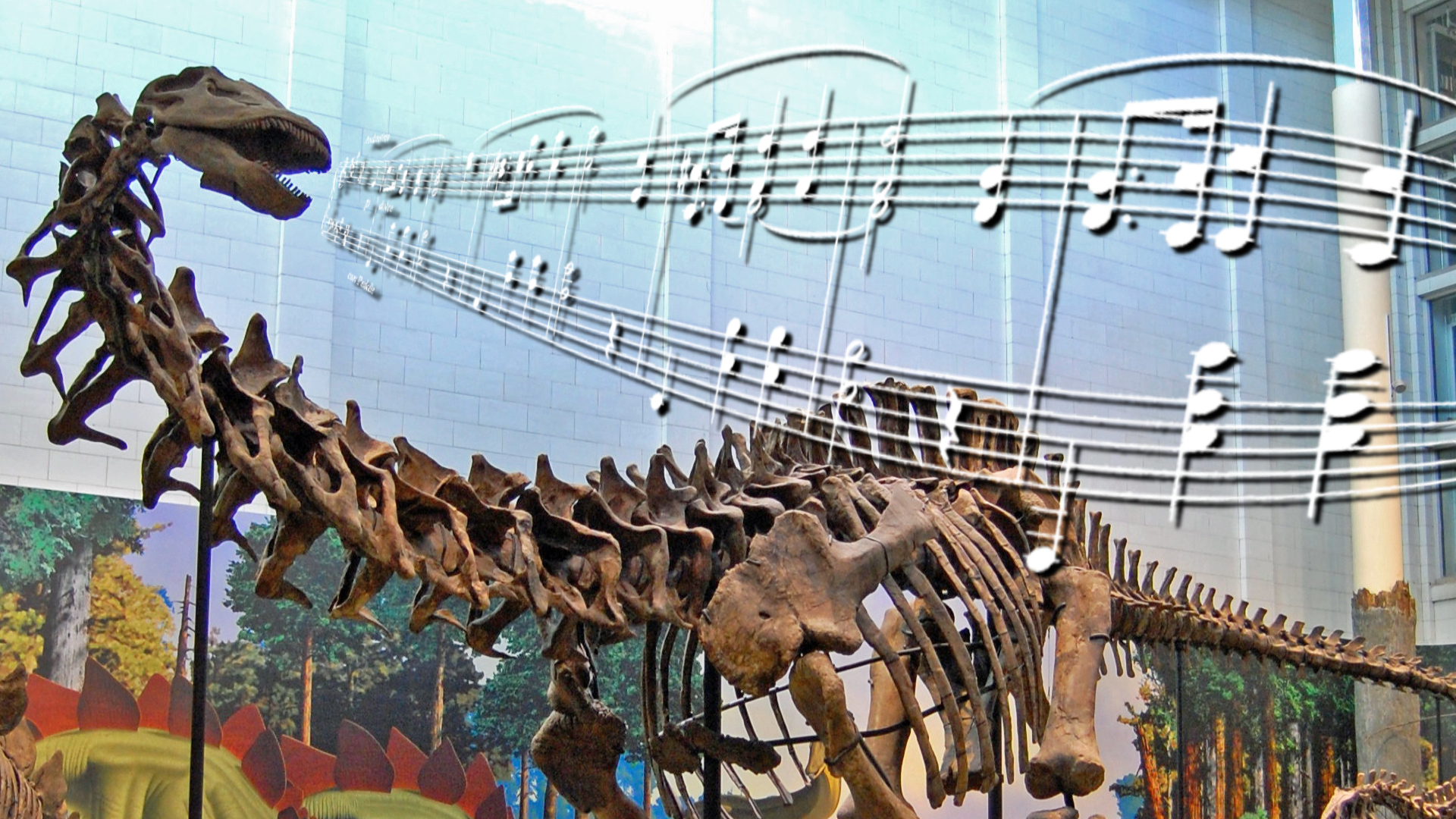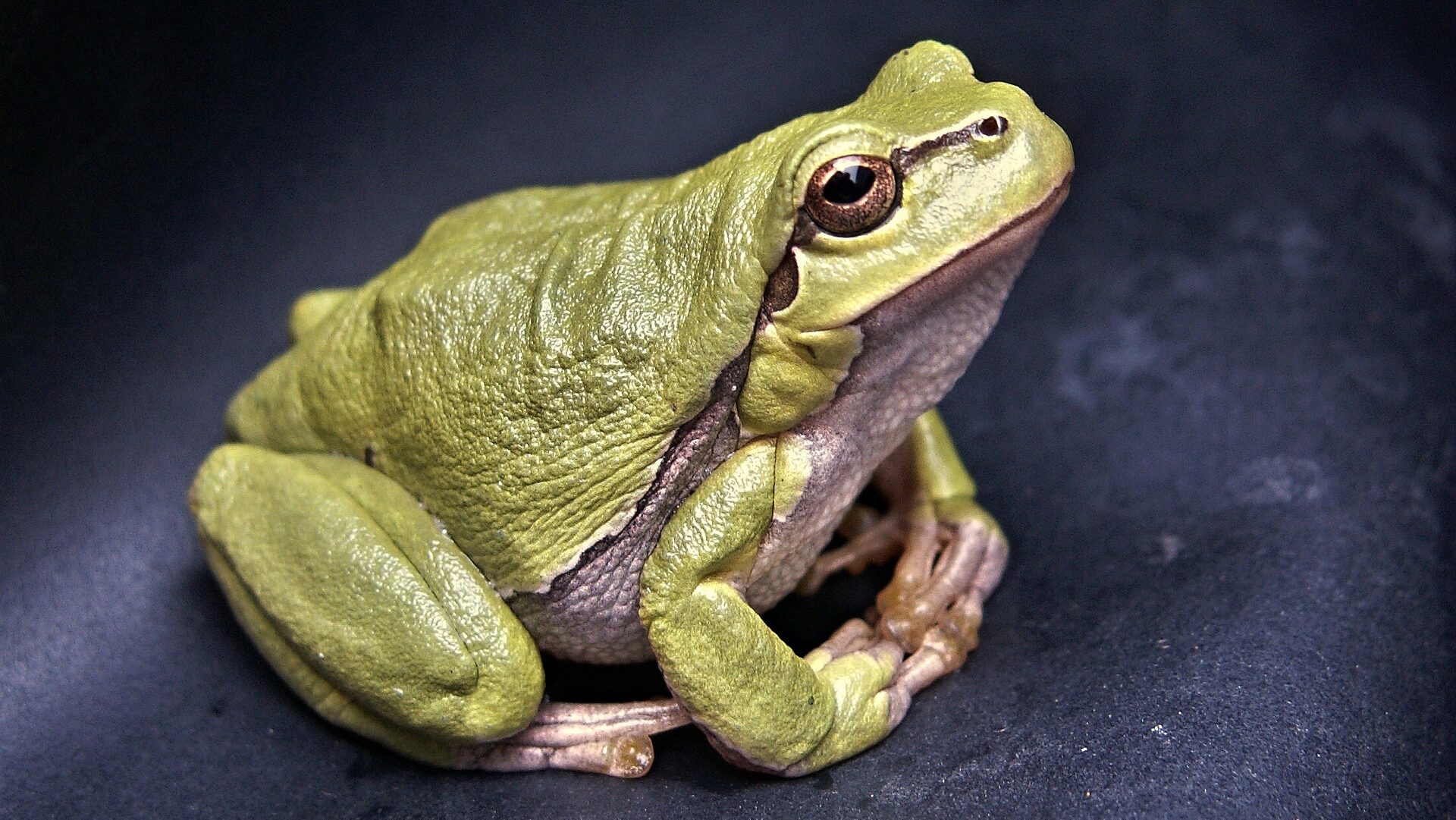Reading Time – 7 minutes, Difficulty Level 2/5
When we imagine dinosaurs, we often conjure up an image of monstrous beasts roaring and snarling across the primordial landscape. This has been helped in part by their representation in popular media. When Jurassic Park was released in 1993, the production crew used the sounds of various modern animals to create the voices of their genetically engineered stars, ranging from elephants and lions to dolphins and walruses.
Of course some artistic licence is permitted when creating the sounds of non-avian dinosaurs since no-one alive has ever heard them, but even in the absence of soft tissue materials we can use fossil evidence and comparisons with living animals to get an idea of what the voices of the great reptiles might have sounded like.
Phylogenetic Bracketing
When creating a reconstruction of an extinct animal, it’s useful to look at their living relatives for comparison. In the case of dinosaurs we have two points on their family tree to draw from. The crocodilians, who share a common ancestor with the earliest dinosaurs, and birds who are their living descendants. With these two points of reference, we can create a ‘bracket’ around a given segment of the tree of life, comparing the biology and behaviour of its living representatives and deducing how likely those characteristics are to appear in the extinct ones; a process known as phylogenetic bracketing.
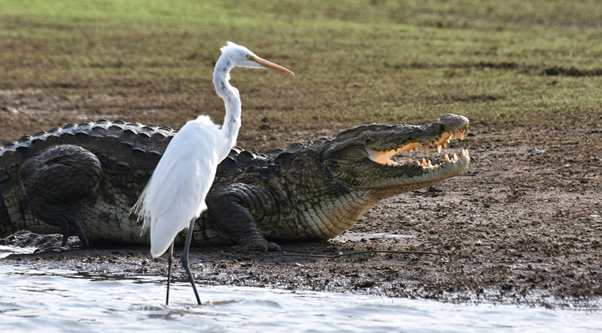
Crocodilian and birds make sounds in quite different ways. Crocs possess a larynx, a conventional voice box; the organ located within the throat that most tetrapods (four limbed vertebrates) use to create sound through controlled tension and air movement.
Meanwhile most birds have abandoned the larynx in favour of the syrinx; a similar organ unique to birds, located at the junction between the lungs rather than in the throat. The syrinx’s location allows for more precise control of air flow. This enables the complex songs that many perching birds are known for. Since most other tetrapods possess a larynx, this is likely the ancestral condition that dinosaurs likely started out with, so the question becomes; at what point in dinosaur evolution did the syrinx take over?
By comparing the complexity of syrinxes within living bird groups, and locating their place on the family tree, it seems that the syrinx is almost certainly a derived bird characteristic. Clades who branched off closer to the origin of birds, such as paleognaths (ostriches, kiwis and kin) and galloanserae (waterfowl and game birds) have less well developed syrinxes and therefore more simplistic calls than the more complex trills and whistles associated with songbirds.
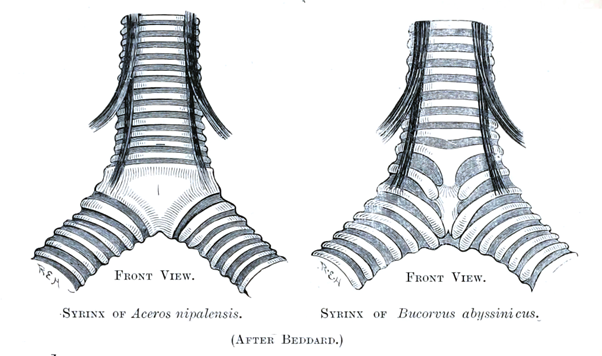
With this evidence, we can be fairly confident that dinosaurs had a larynx and weren’t making complex songs. Rather, they had a vocabulary comparable in many ways to crocodilians and more ‘primitive’ bird species, allowing for a great variety of sounds, including closed-mouth vocalisations. Hisses, croaks, rumbles, squawks, honks, booms and perhaps even sounds that we might call ‘roars’. The size and physiology of a given animal will have a profound effect on its vocal range. T. rex almost certainly didn’t sound like a lion or a bear, but when an animal twice the size of an elephant with a cavernous mouth and a chest full of air chambers pushes air through its larynx, it’s going to make a lot of noise.
Sonic Skulls
One group of dinosaurs evolved highly specialised skull structures to facilitate sound production. The Hadrosaurs, aka the duck-billed dinosaurs, were large herbivores that lived in the late Cretaceous. Many of them sported ornate bony structures on their heads. These features came in a great variety of shapes and sizes, from simple raised nasal bones to massive crests taller and longer than the rest of the skull. What’s more, x-rays and CT scans of the fossils reveal that these structures were connected to the nostrils and throat by way of hollow passages through the interior of the skull.
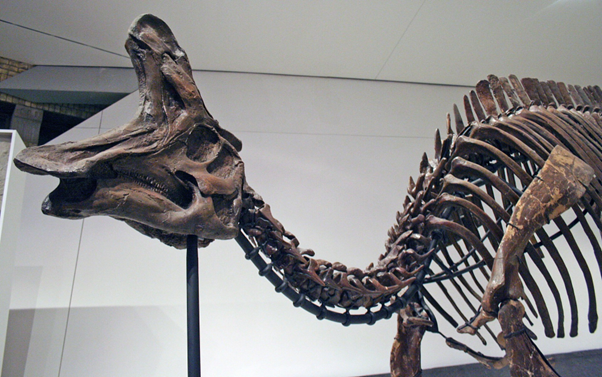
It seems then that as well as being a visual signalling structure, these crests acted as in-built resonators, channelling air through the skull and creating enhanced sounds through the nose. With each species’ crest being a different shape, they may have each had their own unique range of sounds.
One genus, Parasaurolophus, has a crest with an internal structure superficially similar to a trombone, prompting some palaeontology researchers to build their own ‘hadrophones’ in an effort to recreate their calls.
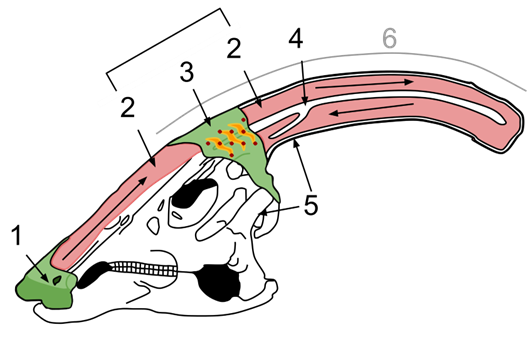
Soft Tissue Enhancement
One thing we must factor in when considering dinosaur vocal ability is that many animals alive today have soft tissue structures which enhance their sound producing abilities. Such features are often elastic and delicate in nature and so are unlikely to preserve in the fossil record.
A wide variety of birds, from the greater sage grouse (Centrocercus urophasianus) and bittern (Botaurus sp.) to the calfbird (Perissocephalus tricolor) and frigatebird (Frigata sp.) have adapted the weight-saving air sacs in their bodies into inflatable structures to augment their vocalisations, or even create entirely new sounds. There is also the expanding proboscis of elephant seals (Mirounga sp.) that acts as a resonating chamber for their raucous dominance displays, and the inflatable throat pouches of howler monkeys (Alouatta sp.) and siamangs (Symphalangus syndactylus) which empower their high decibel calls to ring out for miles.
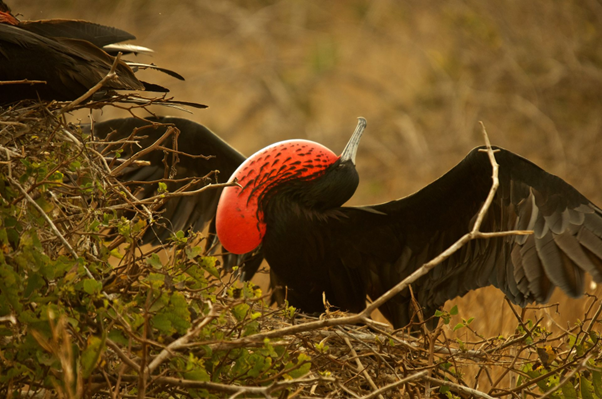
The inflatable throat-pouch of frigatebirds (Frigata sp.) doubles up as a visual display structure and a sound-creation tool, with the birds rattling their beaks across the taught flesh like a drum skin. Photo by Andrew Turner, CC BY 2.0.
Who can possibly say what strange soft-tissue accoutrements non-avian dinosaurs might have evolved to enhance their voices? Theropod and sauropod dinosaurs (two-legged predators and long-necked herbivores respectively) possessed the same complex system of air-chambers in their bodies that the birds inherited, while many dinosaurs within ornithischia including the duck-billed hadrosaurs, horned ceratopsids and armoured ankylosaurs, had large nostrils and complex arrangements of air passages in their skull.
With dinosaurs already pushing biology to its extremes in many other aspects, its absolutely possible they were capable of creating sounds that we don’t even have names for. The soundscape of the mesozoic era must have been a truly alien sounding symphony.
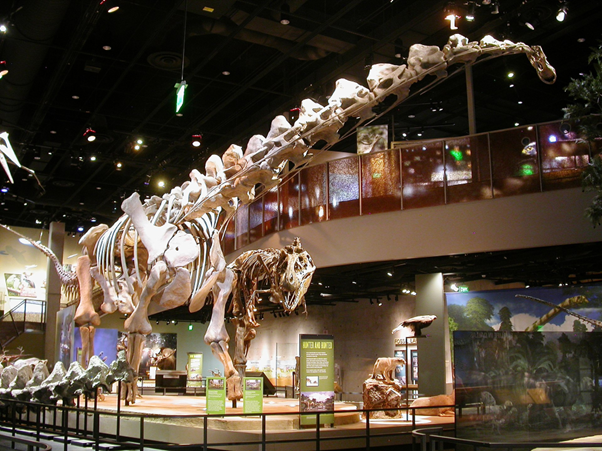
Further Reading
A. L. Vergne et. al. – Acoustic communication in crocodilians: from behaviour to brain
Robert J Hooling et. al. – What did dinosaurs hear?
Junki Yoshida et. al. – An ankylosaur larynx provides insights for bird-like vocalization in non-avian dinosaurs
A lifelong natural history enthusiast, Dane has built an online following recreating prehistoric life through animation, & is now studying for a Natural Sciences degree while participating in STEM ambassadorship & climate activism.

